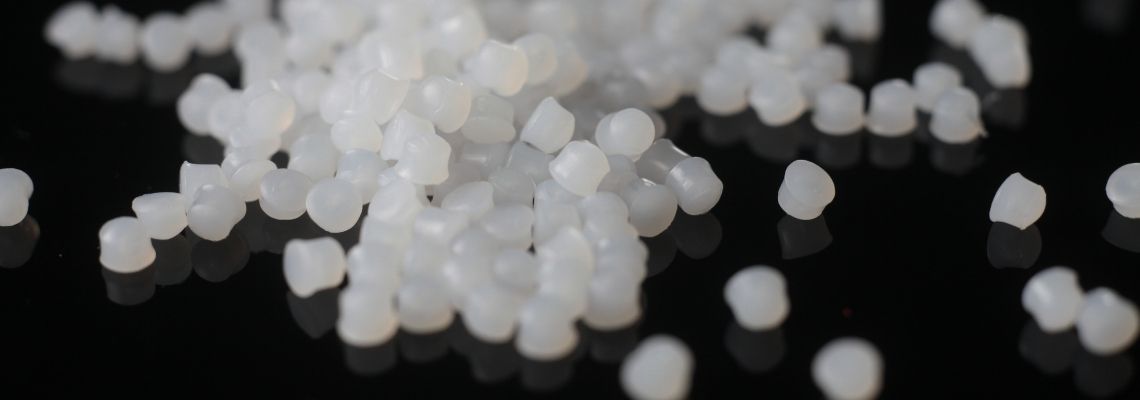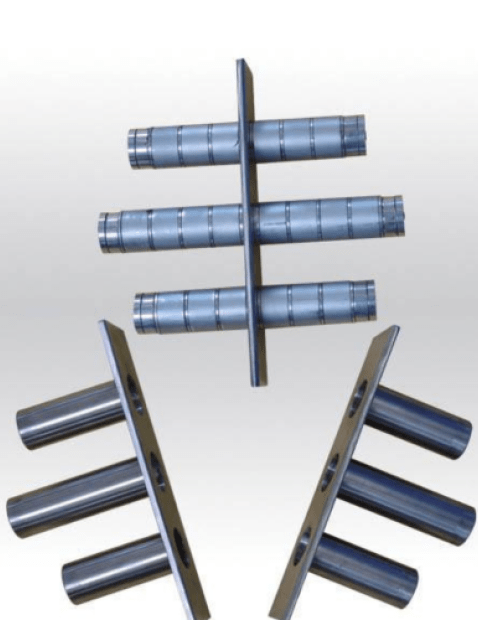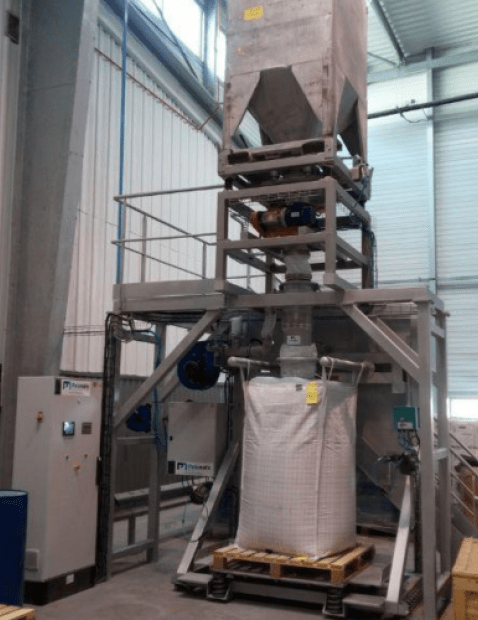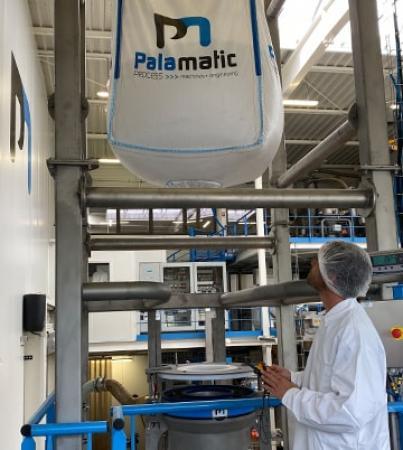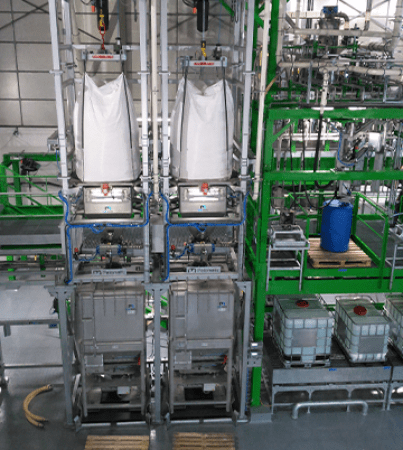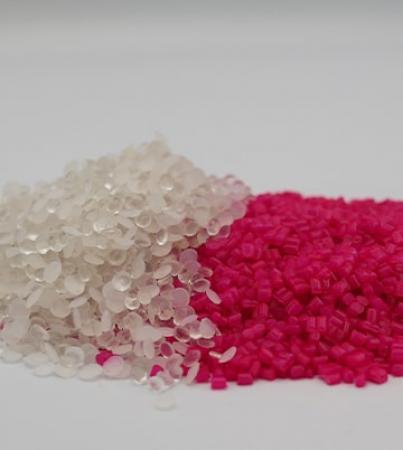1. What is urea?
Urea is an organic product, found in many animal organisms. In living organisms, urea is the result of the breakdown of proteins that takes place during metabolism. It constitutes the final waste rejected by the individual.
It is also the first organic compound that man managed to synthesize in the laboratory in 1828. In fact, urea can be created artificially from carbon dioxide (CO2) and ammonia (NH3). The latter is itself synthesized through a reaction between dinitrogen (N2) and dihydrogen (H2). These two reactions take place at high pressure (respectively 150 and 100 bar).
After its synthesis, urea in its pure state is in the form of granules and is both odorless and colorless. It is soluble in water and releases an odor of ammonia which comes from the hydrolysis of the molecule. These solutions are also non-toxic and are neither acidic nor basic. Liquid urea is non-explosive, non-flammable and non-toxic to the environment. It is classified in the minimum risk category of transportable fluids.
2. Urea and ammonia: waste for the living
In living organisms, urea is only a waste product resulting from the decomposition of proteins which takes place via metabolism. During the degradation of proteins, amino groups (NH2) are eliminated from the amino acids which constitute the proteins. These amino groups are converted into ammonia (NH3), which is toxic to the body and therefore must be converted into urea by the liver. It is then eliminated through urine or sweat.

Do you want to manufacture urea-based AdBlue?
I am available to discuss your project.
Guillaume, powder expert
3. A resource for industry
Although useless for living beings, urea is of great interest to industry when it comes in a pure state. The industrial production of urea was made possible from 1922 by BASF, which was the first company to synthesize this product in mass.
It has various uses on an industrial scale, including: the production of nitrogen fertilizers, fodder for ruminants, thermosetting polymers and as a recipe for the depolluting agent, AdBlue. In the composition of AdBlue, there is urea, which comes into play at 32.5% of the mass produced. In these last two cases, urea is used as the "DeNOx" anti-pollutant agent. This term qualifies its ability to reduce nitrogen oxide "NOx" emissions.
4. How and where to find urea?
Urea is easily found commercially in the form of AdBlue, but its other forms are more difficult to obtain.
The solid urea used in the AdBlue process, for example, remains mainly in the hands of industrial groups who trade it directly and use it as an ingredient. This also applies to Industrial liquid urea mainly due to the fact that private individuals do not have very high NOx emissions, therefore they do not need urea to reduce them.
Palamatic Process can assist you in manufacturing your own AdBlue with urea through turnkey solutions such as PalBlue® Process or PalBlue® Skid, according to your needs and process constraints.














